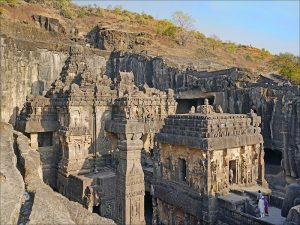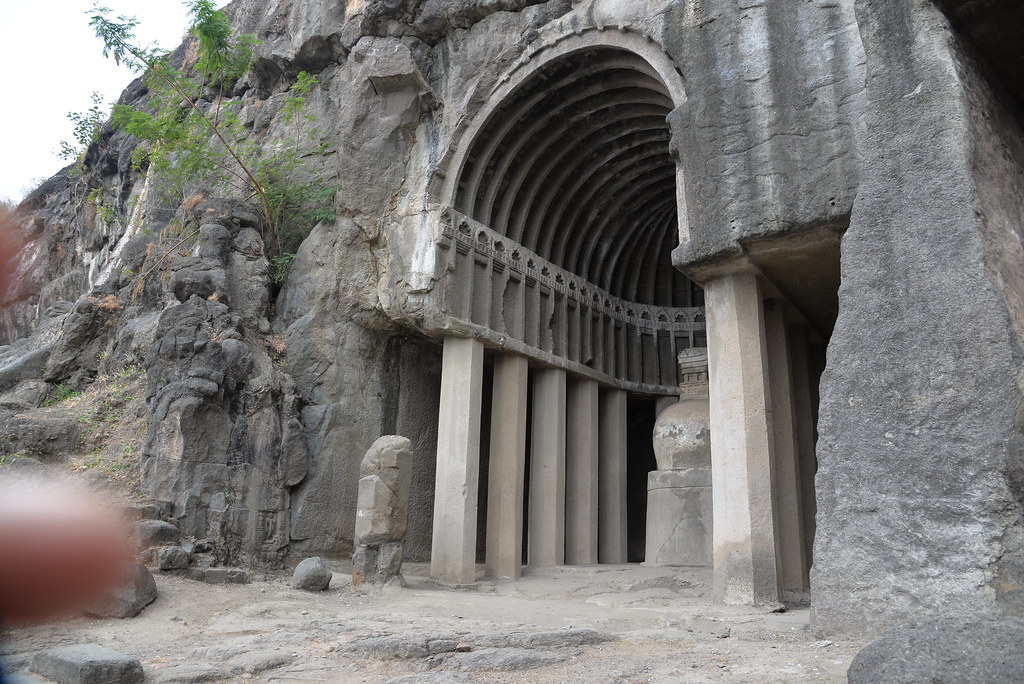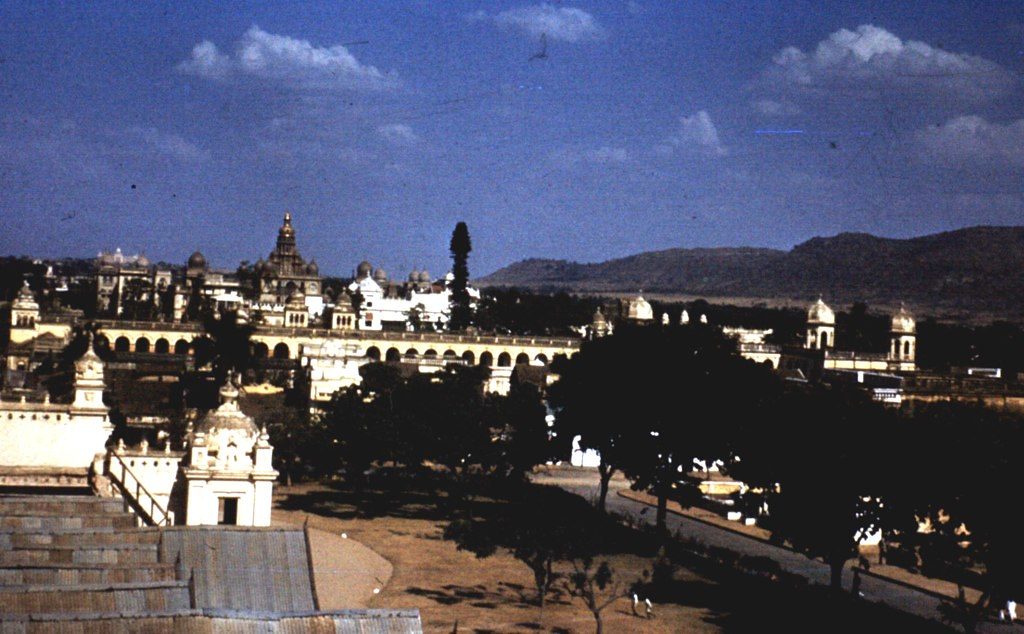
Top 10 Things to Do in Aurangabad for History & Culture Lovers
Aurangabad, often called the “Gateway to the Deccan,” is a city that echoes with tales of emperors, dynasties, and timeless craftsmanship. For history buffs and culture lovers, it’s a treasure trove waiting to be explored. From UNESCO World Heritage Sites to local traditions and architectural wonders, here’s a curated list of the Top 10 Things to Do in Aurangabad that will leave you mesmerized.
Marvel at the Timeless Beauty of Ajanta Caves
 The Ajanta Caves, a UNESCO World Heritage Site, are 30 magnificent rock-cut Buddhist caves nestled in a horseshoe-shaped cliff. Dating back to the 2nd century BCE, these caves are famous for their exquisite murals, sculptures, and frescoes depicting the life of Buddha and ancient Indian mythology. The caves showcase India’s finest examples of early Buddhist architecture and artistry, attracting historians and art lovers from around the world. A visit to Ajanta is like stepping back in time to witness the spiritual and artistic grandeur of India’s past in a serene and naturally beautiful setting.
The Ajanta Caves, a UNESCO World Heritage Site, are 30 magnificent rock-cut Buddhist caves nestled in a horseshoe-shaped cliff. Dating back to the 2nd century BCE, these caves are famous for their exquisite murals, sculptures, and frescoes depicting the life of Buddha and ancient Indian mythology. The caves showcase India’s finest examples of early Buddhist architecture and artistry, attracting historians and art lovers from around the world. A visit to Ajanta is like stepping back in time to witness the spiritual and artistic grandeur of India’s past in a serene and naturally beautiful setting.
Step into the Rock-Cut Wonder of Ellora Caves
 Ellora Caves are a remarkable fusion of three religions—Buddhism, Hinduism, and Jainism—coexisting in architectural harmony. These 34 rock-cut caves date from the 6th to 10th centuries CE and feature grand sculptures and monasteries. The star attraction is the Kailasa Temple, carved from a single rock and dedicated to Lord Shiva, showcasing unparalleled craftsmanship. Recognized as a UNESCO World Heritage Site, Ellora is a testament to religious tolerance and artistic brilliance. A visit offers a fascinating journey through centuries of Indian faith and ingenuity, making it an unmissable experience for cultural and history enthusiasts.
Ellora Caves are a remarkable fusion of three religions—Buddhism, Hinduism, and Jainism—coexisting in architectural harmony. These 34 rock-cut caves date from the 6th to 10th centuries CE and feature grand sculptures and monasteries. The star attraction is the Kailasa Temple, carved from a single rock and dedicated to Lord Shiva, showcasing unparalleled craftsmanship. Recognized as a UNESCO World Heritage Site, Ellora is a testament to religious tolerance and artistic brilliance. A visit offers a fascinating journey through centuries of Indian faith and ingenuity, making it an unmissable experience for cultural and history enthusiasts.
Visit the Replica of the Taj – Bibi Ka Maqbara
 Built in 1661 by Mughal emperor Aurangzeb’s son, Bibi Ka Maqbara is often referred to as the “Taj of the Deccan” due to its striking resemblance to the Taj Mahal. It was constructed in memory of Aurangzeb’s wife, Dilras Banu Begum, and is one of the few significant Mughal structures in southern India. Set against a beautiful backdrop of landscaped gardens, fountains, and water channels, the monument showcases Mughal architectural elegance and symmetry. It’s a peaceful site, perfect for a leisurely stroll and photo session while absorbing the romantic and historical legacy of the Mughal dynasty.
Built in 1661 by Mughal emperor Aurangzeb’s son, Bibi Ka Maqbara is often referred to as the “Taj of the Deccan” due to its striking resemblance to the Taj Mahal. It was constructed in memory of Aurangzeb’s wife, Dilras Banu Begum, and is one of the few significant Mughal structures in southern India. Set against a beautiful backdrop of landscaped gardens, fountains, and water channels, the monument showcases Mughal architectural elegance and symmetry. It’s a peaceful site, perfect for a leisurely stroll and photo session while absorbing the romantic and historical legacy of the Mughal dynasty.
Explore the Fortified History at Daulatabad Fort
 Originally known as Devagiri, the Daulatabad Fort is a 12th-century hilltop fortress renowned for its strategic design and impenetrable defense system. Located just 16 km from Aurangabad, the fort has a fascinating history of being briefly chosen as the capital by Sultan Muhammad bin Tughlaq. Visitors can explore ancient cannons, moats, secret tunnels, and narrow stairways, all of which highlight the military genius behind its construction. Climbing to the top offers panoramic views of the surrounding countryside and a deeper appreciation of medieval Indian military architecture. A must-visit for those passionate about fort history and engineering.
Originally known as Devagiri, the Daulatabad Fort is a 12th-century hilltop fortress renowned for its strategic design and impenetrable defense system. Located just 16 km from Aurangabad, the fort has a fascinating history of being briefly chosen as the capital by Sultan Muhammad bin Tughlaq. Visitors can explore ancient cannons, moats, secret tunnels, and narrow stairways, all of which highlight the military genius behind its construction. Climbing to the top offers panoramic views of the surrounding countryside and a deeper appreciation of medieval Indian military architecture. A must-visit for those passionate about fort history and engineering.
Experience Tranquility at Aurangabad Caves
 The lesser-known Aurangabad Caves offer a peaceful and insightful alternative to the more famous Ajanta and Ellora. Carved into a hillside during the 6th to 8th centuries, these 12 Buddhist caves feature impressive carvings, sculptures of deities, and intricate representations of Buddhist Tantric traditions. Though smaller in scale, the caves provide a quiet and less crowded experience, ideal for introspective travelers and photography lovers. Surrounded by greenery, the site offers a calming escape with a blend of spirituality and heritage. It’s an excellent spot to explore lesser-known but equally significant cultural treasures of Aurangabad.
The lesser-known Aurangabad Caves offer a peaceful and insightful alternative to the more famous Ajanta and Ellora. Carved into a hillside during the 6th to 8th centuries, these 12 Buddhist caves feature impressive carvings, sculptures of deities, and intricate representations of Buddhist Tantric traditions. Though smaller in scale, the caves provide a quiet and less crowded experience, ideal for introspective travelers and photography lovers. Surrounded by greenery, the site offers a calming escape with a blend of spirituality and heritage. It’s an excellent spot to explore lesser-known but equally significant cultural treasures of Aurangabad.
Take a Heritage Walk in Old Aurangabad
 Himayat Bagh, meaning “Garden of Protection,” is a vast 17th-century Mughal-style garden located near Delhi Gate in Aurangabad. Spread across 300 acres, it was once part of the Mughal royal estate and today houses a fruit research center. Its lush lawns, ancient trees, and symmetrical design make it ideal for a quiet morning walk or evening relaxation. The garden offers a peek into Mughal horticulture and landscaping practices while serving as a green retreat within the city. History lovers can enjoy the scenic beauty and reflect on how emperors once strolled through these very paths centuries ago.
Himayat Bagh, meaning “Garden of Protection,” is a vast 17th-century Mughal-style garden located near Delhi Gate in Aurangabad. Spread across 300 acres, it was once part of the Mughal royal estate and today houses a fruit research center. Its lush lawns, ancient trees, and symmetrical design make it ideal for a quiet morning walk or evening relaxation. The garden offers a peek into Mughal horticulture and landscaping practices while serving as a green retreat within the city. History lovers can enjoy the scenic beauty and reflect on how emperors once strolled through these very paths centuries ago.
Uncover the Stories Behind Panchakki (Water Mill)
 Panchakki is a 17th-century water mill complex built to grind grains using energy generated by water flowing through underground channels from a distant spring. A marvel of medieval engineering, Panchakki also houses a mosque, a library, and a resting area for Sufi saints. It stands as a symbol of Mughal ingenuity and spiritual service, as it was built to feed pilgrims and residents of the nearby Dargah. Visitors can witness the old yet functioning mechanism and relax in the peaceful gardens. It’s a quiet but enriching site for anyone curious about historic innovation and Sufi culture.
Panchakki is a 17th-century water mill complex built to grind grains using energy generated by water flowing through underground channels from a distant spring. A marvel of medieval engineering, Panchakki also houses a mosque, a library, and a resting area for Sufi saints. It stands as a symbol of Mughal ingenuity and spiritual service, as it was built to feed pilgrims and residents of the nearby Dargah. Visitors can witness the old yet functioning mechanism and relax in the peaceful gardens. It’s a quiet but enriching site for anyone curious about historic innovation and Sufi culture.
Where to Stay in Aurangabad

After a day filled with historical discoveries and cultural immersion, unwind in comfort and style at 7 Apple Hotel Aurangabad. Conveniently located and well-connected to all major attractions, our hotel blends modern amenities with warm hospitality, making it the perfect home base for your Aurangabad adventures. Whether you’re a history buff, a solo traveller, or on a family vacation, enjoy spacious rooms, delicious dining, and top-notch service—all at pocket-friendly prices. Choose 7 Apple Hotel Aurangabad for a stay that complements the city’s timeless charm.



No Comments